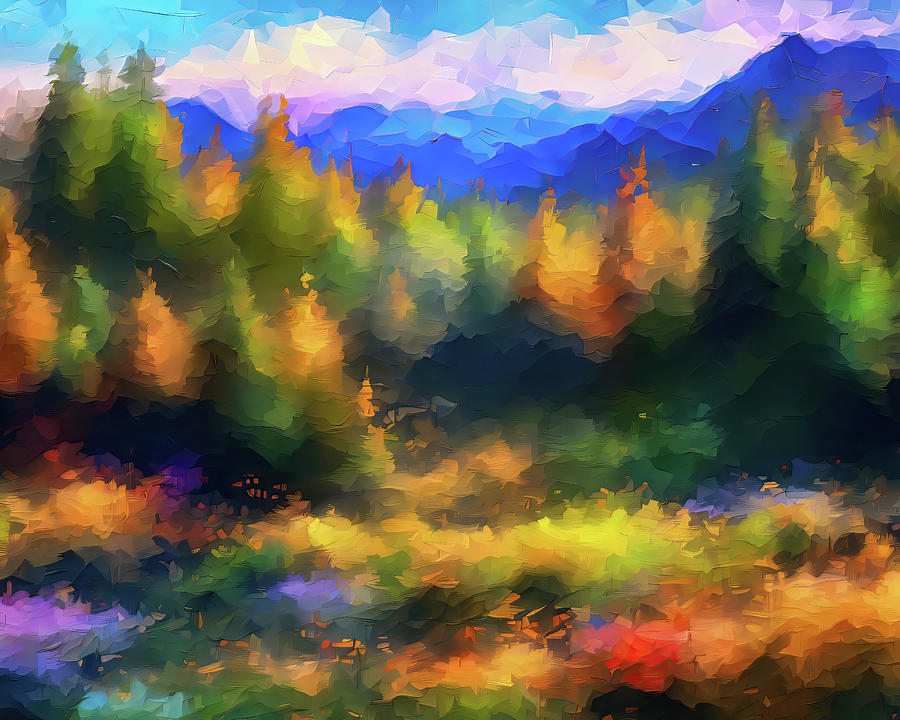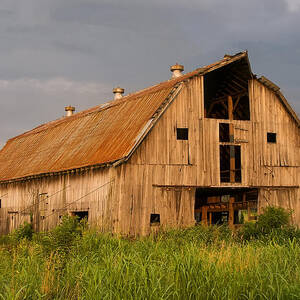
Impressionism landscape 057

by Flees Photos
Title
Impressionism landscape 057
Artist
Flees Photos
Medium
Digital Art - Home Decor And Giclee Wall Art By Chris Flees
Description
Impressionism in landscape art:
Influence of Japanese Art: Impressionist artists were influenced by Japanese woodblock prints, known as ukiyo-e. These prints featured bold colors, flattened perspectives, and a focus on everyday scenes, which resonated with the Impressionists and influenced their compositions.
Exploration of Urban Landscapes: While Impressionism is often associated with rural and natural landscapes, some Impressionists, such as Gustave Caillebotte and Pierre-Auguste Renoir, also explored urban landscapes, including Paris streets and city parks.
Different Seasons and Times of Day: Impressionist landscape artists were interested in depicting the same scene at various times of the day and in different seasons to capture the changing effects of light and color. Claude Monet's series paintings, such as his Water Lilies and Haystacks, exemplify this approach.
Rejection by the Art Establishment: The Impressionists faced rejection and criticism from the traditional art establishment, which favored academic and realistic styles. As a result, they organized their own exhibitions, including the famous Salon des Refusés in 1863.
Patronage and Support: Despite initial resistance, some Impressionists found patrons who supported their work. For instance, Gustave Caillebotte, who was also a wealthy art collector, provided financial support to several fellow Impressionists.
Evolution into Other Styles: As Impressionism evolved, many artists moved on to develop their unique styles. Some adopted more structured approaches (e.g., Paul Cézanne), while others delved into more abstract forms (e.g., Wassily Kandinsky).
Women Impressionists: Several female artists, including Berthe Morisot and Mary Cassatt, were prominent Impressionists who made significant contributions to landscape art and the movement as a whole.
Global Influence: Impressionism had a global influence, reaching beyond France. Impressionist exhibitions and societies formed in various countries, including the United States, where American Impressionists like Childe Hassam and Mary Cassatt emerged.
Preservation of Moments: Impressionist landscapes aimed to capture the essence of a moment, often depicting scenes of leisure, such as picnics, boating, and strolls in the countryside, as a celebration of modern life.
Legacy in Contemporary Art: The Impressionist style continues to influence contemporary landscape artists and photographers who seek to capture the interplay of light, color, and atmosphere in their work.
Impressionism in landscape art marked a departure from traditional academic conventions, emphasizing the artist's individual perception and sensory experience of the world. This movement's innovative approach to capturing the transient qualities of nature and light has left a lasting impact on the world of art.
Uploaded
December 30th, 2023
Embed
Share





















































